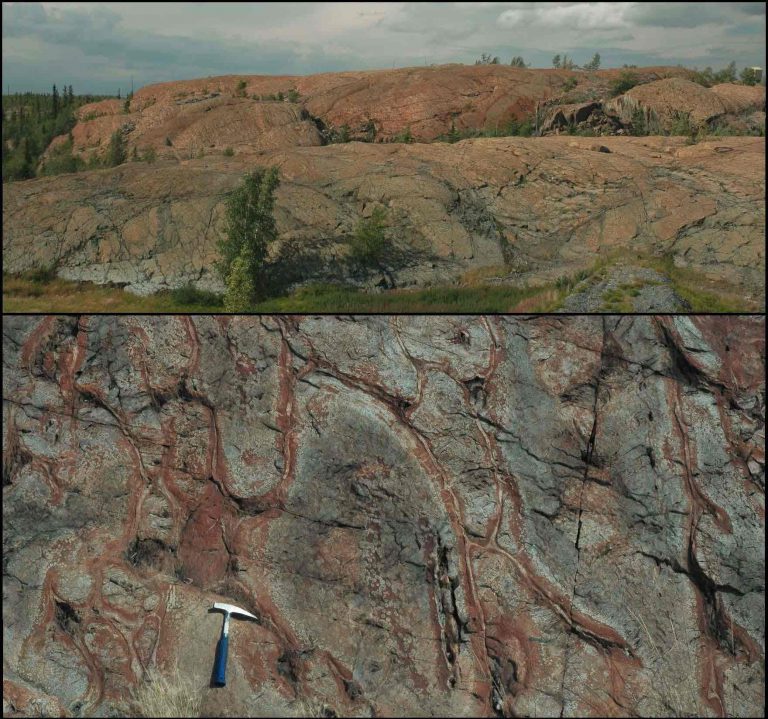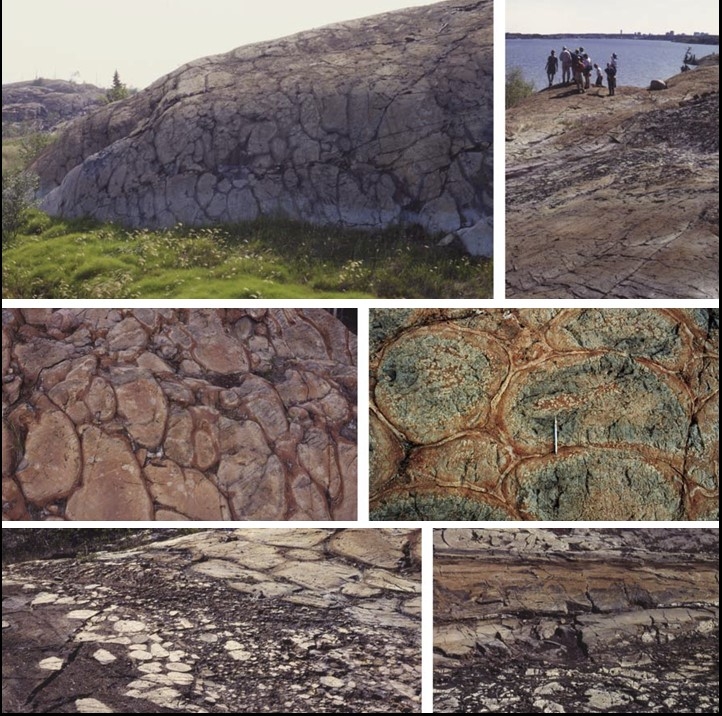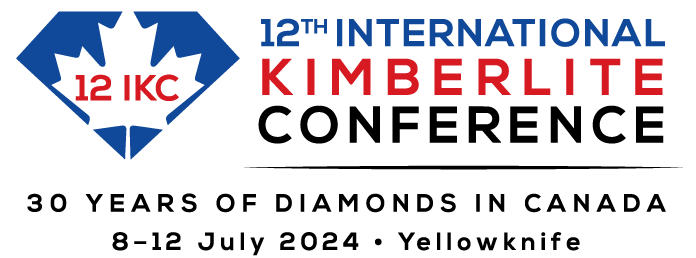Field Trip 03
Slave Craton Geology
Leader: Hendrik Falck (Government of the Northwest Territories – Manager, Geology and Resource Royalty Policy)
Dates:
- FT03A takes place on the morning of Sunday 07 July 2024.
- FT03B takes place on the afternoon of Sunday 07 July 2024.
Duration: Half Day.
Location: Based in Yellowknife.
Registration: Registration fee is $95 CAD. Ground transport from Yellowknife to the field trip site is included. If the field trip is full at the time of registration, there will be an option to be added to a waiting list and you will be informed should spaces become available. See Field Trip Overview, Important Dates and Registration for more details.
Transport: Bus.
Accommodation: To be organised by delegate. The 12 IKC preferred room rates at the three hotels are available for the dates required to participate in FT03A and FT03B so bookings for the main conference can be extended. See Accommodation Page for more details.
Description: The Giant Mine Section is a beautifully preserved section of exceptionally well exposed Archean volcanic rocks in the Yellowknife Volcanic Belt located several kilometres northwest of Yellowknife on the scenic shores of Great Slave Lake. This geologically unique location showcases the interaction of Archean volcanism and sedimentation between approximately 2.6 and 2.7 Ga.
These weakly to moderately deformed rocks were only exposed to lower greenschist facies metamorphic conditions (350-400°C), making them some of the best preserved rocks in the Yellowknife greenstone belt. This unmatched section is exposed for hundreds of meters and displays evidence of the dynamic nature of greenstone belt formation as well as the challenges in developing stratigraphic models.
The Giant Mine section hosts a series of pillow flows and pillow breccias along with metagabbro dykes and sills as well as interflow sediments with well-preserved primary textures. This area is well known for spectacular pillow flows, with some up to 100 m in length, and contains well preserved lava feeder tubes with associated branching pillows. A felsic volcanic unit at the top of the section is potentially a pyroclastic ash flow tuff.
This half day field trip will look at the nature of pillow formation, interaction with ongoing volcaniclastic sedimentation and follow the development of the volcanic pile from mafic flows to felsic tuffs.


Top Left - Large, well preserved pillows in outcrop. Top Right - Giant Mine section at the shore of Great Slave Lake with the city of Yellowknife on the horizon.
Middle Left - Tightly packed pillow flows. Middle Right - Close up of variolitic pillows. Bottom Left - Inversely graded rhyolitic boulders in conglomerate. Bottom Right - Flow top pillow breccia overlain by epiclastic sandstone